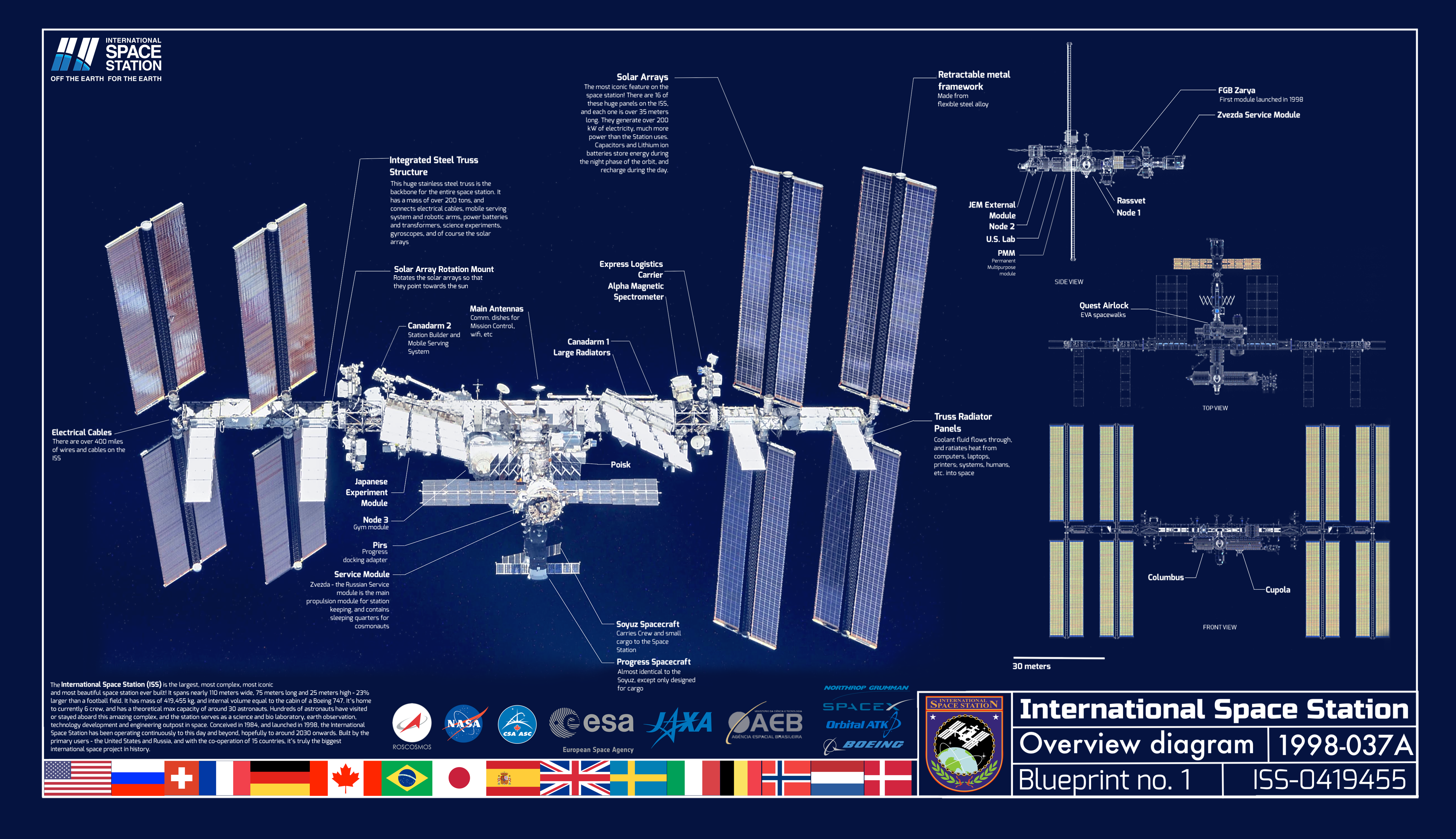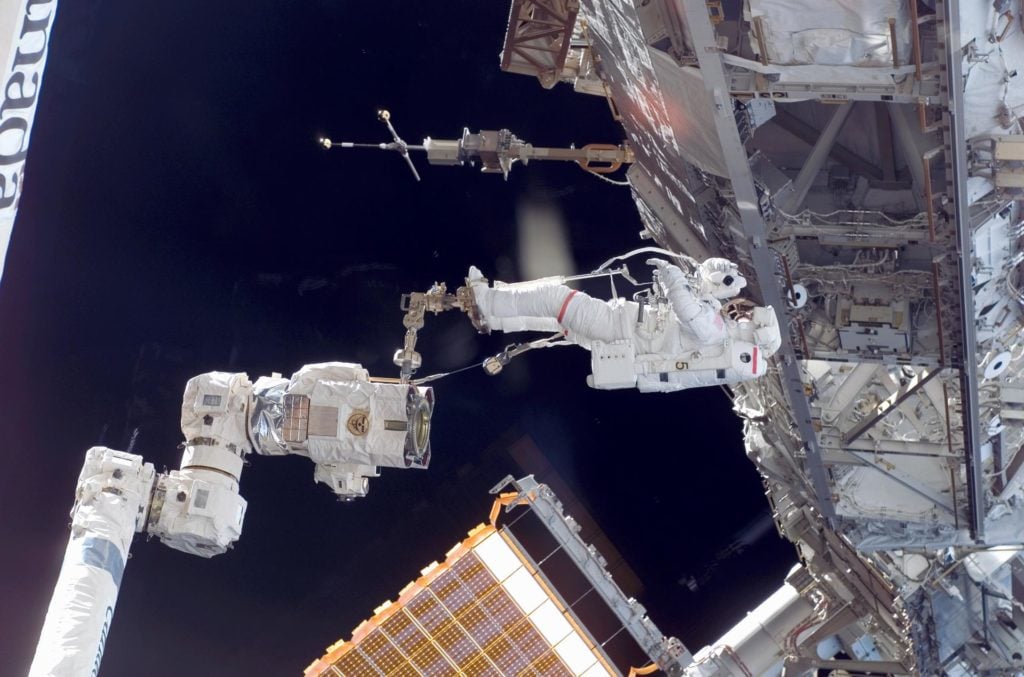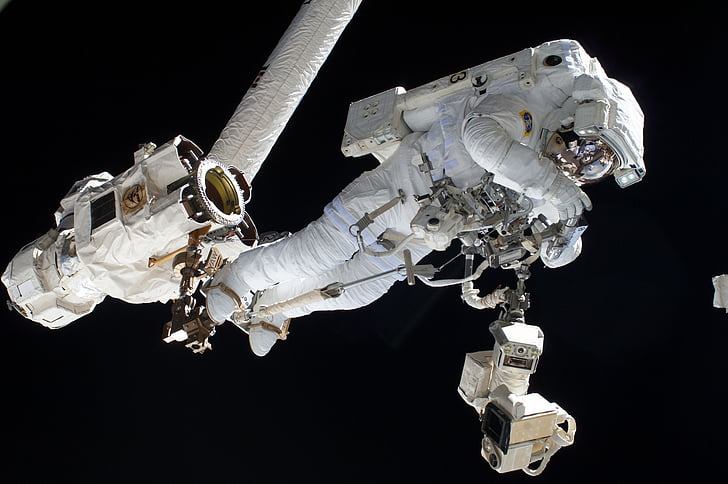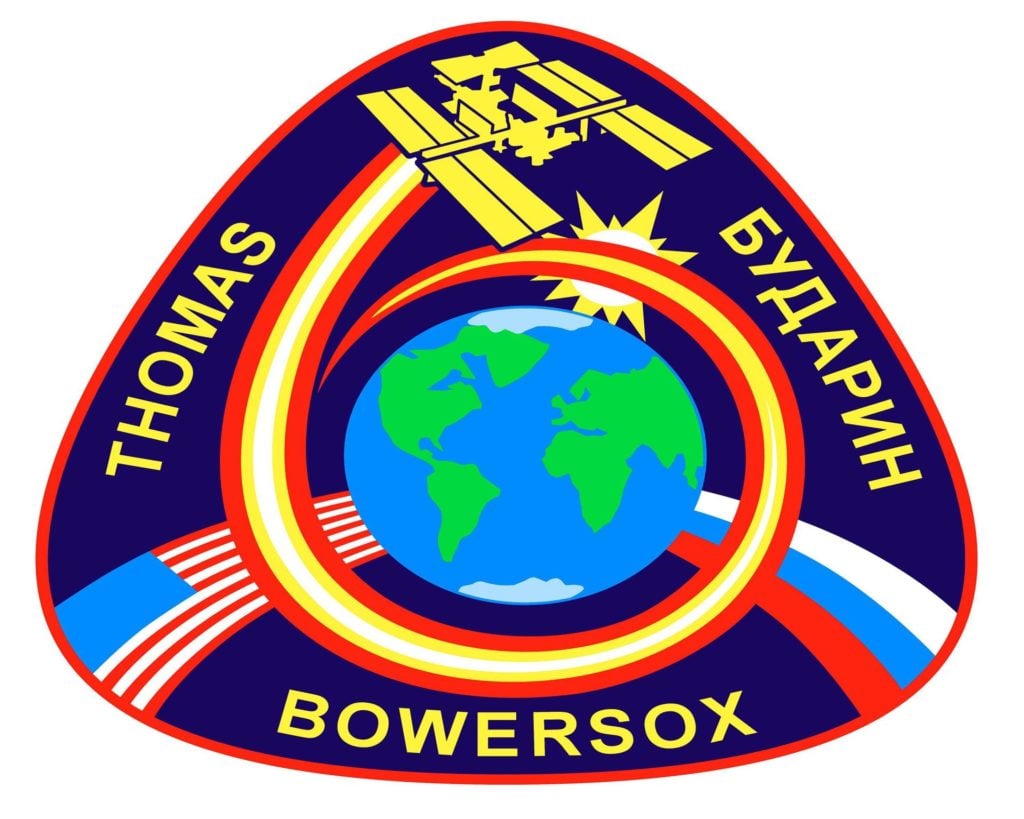The International Space Station: A Collaborative Effort in Space
Introduction
The International Space Station (ISS) stands as one of humanity’s most remarkable achievements, a symbol of what can be accomplished through international collaboration. Orbiting approximately 400 kilometers above Earth, the ISS serves as a laboratory for scientific research, a hub for international cooperation, and a platform for future space exploration missions. The ISS exemplifies how global teamwork can overcome the most daunting challenges, advancing our understanding of space and life on Earth.
History and Background
Early Concepts and Planning
The idea of a space station has been a part of human imagination for decades, with early concepts dating back to the mid-20th century. Visionaries like Wernher von Braun proposed detailed plans for orbiting stations as early as the 1950s. The dream began to take shape with the advent of the space age, leading to the initial proposals and designs for what would eventually become the ISS.
Initial Proposals and Designs
Early proposals for a space station came from various space agencies, with designs ranging from rotating wheel-like structures to modular configurations. These concepts laid the groundwork for future developments, emphasizing the importance of modularity and international collaboration.
Key Milestones Leading to ISS Construction
Significant milestones in the journey to the ISS include the launch of the Soviet Union’s Salyut and Mir space stations, and NASA’s Skylab. These projects provided invaluable experience in long-duration spaceflight and modular construction, setting the stage for the ISS. The pivotal moment came in 1993 when the United States and Russia agreed to merge their space station projects, marking the official start of the ISS program.
International Agreements and Partnerships
The ISS is a testament to international cooperation, with agreements and partnerships involving multiple nations and space agencies.
Key Nations Involved
The primary partners in the ISS program are NASA (United States), Roscosmos (Russia), ESA (European Space Agency), JAXA (Japan Aerospace Exploration Agency), and CSA (Canadian Space Agency). Each of these agencies has played a crucial role in the development and operation of the ISS.
Significant Agreements and Treaties
Key agreements include the 1998 Intergovernmental Agreement (IGA), which outlines the legal framework for the ISS, and numerous bilateral and multilateral treaties that govern the use and management of the station. These agreements ensure that the ISS remains a collaborative effort, with shared responsibilities and benefits.
Construction and Assembly
Major Phases of Construction
The construction of the ISS has been a complex, multi-phase endeavor, involving numerous launches and intricate assembly operations.
Initial Launches and Modules
The construction of the ISS began in 1998 with the launch of the Russian module Zarya, followed by the American module Unity. These initial components marked the start of an ongoing process that has seen the ISS grow into a sprawling orbital laboratory.
Continued Expansion and Upgrades
Over the years, the ISS has seen continuous expansion, with the addition of key modules such as Destiny, Harmony, and Columbus. Upgrades have also been made to enhance the station’s capabilities, including the installation of advanced solar arrays and scientific instruments.
Key Modules and Components
The ISS is composed of multiple interconnected modules, each serving specific functions.
Description of Main Modules
Key modules include Zarya (power and propulsion), Unity (connecting node), Destiny (laboratory), and Columbus (laboratory). Each module is designed to support various scientific experiments and daily activities of the crew.
Functionality and Purpose of Each Component
Each component of the ISS plays a critical role in the overall functionality of the station. For instance, Zarya provides essential power and propulsion, while Destiny and Columbus serve as laboratories for scientific research. The various modules are interconnected, forming a cohesive structure that supports a wide range of activities.
International Collaboration
Participating Countries and Agencies
The ISS program is a collaborative effort involving multiple countries and space agencies.
NASA (USA)
NASA is the lead agency in the ISS program, providing significant funding, technical expertise, and key modules such as Destiny and Harmony.
Roscosmos (Russia)

ESA (Europe)
ESA has provided the Columbus laboratory and the Automated Transfer Vehicle (ATV) for cargo resupply, along with various scientific experiments and technologies.
JAXA (Japan)
JAXA’s contributions include the Kibo laboratory, which houses a variety of scientific experiments and a unique airlock for deploying small satellites.
CSA (Canada)
CSA has provided the Canadarm2, a robotic arm used for assembly and maintenance tasks, along with scientific instruments and experiments.
Contributions from Each Nation
The success of the ISS is a result of the combined efforts and contributions of all participating nations.
Financial Investments
Each partner nation has made significant financial investments in the ISS, covering the costs of module construction, launch, operation, and maintenance.
Technological Innovations
The ISS has driven numerous technological innovations, from advanced life support systems to cutting-edge scientific instruments. Each partner has contributed unique technologies that enhance the station’s capabilities.
Life on the ISS
Daily Life and Routine of Astronauts
Life on the ISS is a blend of scientific research, maintenance tasks, and personal activities.
Daily Schedule and Activities
Astronauts follow a structured daily schedule that includes time for scientific experiments, maintenance tasks, exercise, and personal activities. The schedule is meticulously planned to ensure efficient use of time and resources.
Living Quarters and Facilities
The ISS features living quarters equipped with sleeping areas, a kitchen, and bathroom facilities. These spaces are designed to provide a comfortable and functional living environment for the crew.
Research and Experiments
Scientific research is a primary focus of life on the ISS, with a wide range of experiments conducted in various disciplines.
Types of Research Conducted
Research on the ISS covers fields such as biology, medicine, physics, and materials science. Experiments take advantage of the unique microgravity environment to gain insights that are not possible on Earth.
Significant Scientific Discoveries
The ISS has been the site of numerous significant scientific discoveries, from advancements in medical research to new insights into fundamental physical processes.
Technological and Engineering Achievements
Innovative Technologies Developed
The development and operation of the ISS have driven numerous technological innovations.
Life Support Systems
Advanced life support systems on the ISS recycle air and water, providing a sustainable environment for the crew.
Communication Systems
The ISS features sophisticated communication systems that enable constant contact with mission control and facilitate data transmission for scientific experiments.
Engineering Challenges and Solutions
The construction and maintenance of the ISS have presented numerous engineering challenges.
Construction Challenges
Building the ISS in space required innovative solutions to address issues such as the harsh space environment, limited launch capabilities, and the need for precision assembly.
Maintenance and Upkeep
Regular maintenance is essential to ensure the continued operation of the ISS. This includes routine inspections, repairs, and upgrades to keep the station in optimal condition.
Scientific Research and Discoveries
Key Areas of Research
The ISS supports a wide range of scientific research, with key areas including biology, medicine, and physical sciences.
Biological and Medical Research
Experiments on the ISS have provided valuable insights into the effects of microgravity on the human body, leading to advancements in medical treatments and understanding of human physiology.
Physical Sciences and Materials Research
Research in physical sciences and materials science on the ISS has led to new discoveries and innovations in fields such as fluid dynamics, combustion, and material properties.
Notable Discoveries and Their Impact
The research conducted on the ISS has resulted in numerous notable discoveries with significant impacts.
Health and Medicine
ISS research has contributed to advancements in medical treatments, including improved drug formulations and new approaches to treating diseases.
Space Science
Studies conducted on the ISS have enhanced our understanding of fundamental physical processes and contributed to the development of new technologies for space exploration.
Impact on Earth
Benefits to Everyday Life
The ISS has had a profound impact on everyday life, with numerous technological spin-offs and medical advancements.
Technological Spin-offs
Technologies developed for the ISS have found applications in various industries, leading to innovations in fields such as robotics, telecommunications, and environmental monitoring.
Medical Advancements
Research on the ISS has led to new medical treatments and diagnostic tools, improving healthcare on Earth.
Educational and Inspirational Impact
The ISS serves as a powerful educational tool and source of inspiration.
Outreach Programs
Numerous outreach programs have been developed to engage students and the public, fostering interest in science and space exploration.
Inspiring Future Generations
The achievements of the ISS inspire future generations to pursue careers in science, technology, engineering, and mathematics (STEM), contributing to the advancement of human knowledge and exploration.
Future of the ISS
Planned Upgrades and Missions
The ISS will continue to evolve with planned upgrades and missions.
Upcoming Missions and Research
Future missions will focus on expanding scientific research and testing new technologies for deep space exploration.
Planned Technological Upgrades
Technological upgrades will enhance the capabilities of the ISS, ensuring it remains a cutting-edge research facility.
Long-term Goals and Vision
The long-term goals for the ISS include its role in future space exploration and continued international cooperation.
Role in Future Space Exploration
The ISS will serve as a testbed for technologies and practices needed for future missions to the Moon, Mars, and beyond.
Potential for International Cooperation
The success of the ISS demonstrates the potential for continued international cooperation in space exploration, paving the way for future collaborative projects.
Challenges and Controversies
Political and Financial Challenges
The ISS has faced various political and financial challenges over the years.
Funding Issues
Securing funding for the ISS has been a constant challenge, requiring the commitment of multiple nations and space agencies.
Political Tensions
Political tensions between partner nations have occasionally threatened the stability of the ISS program, highlighting the need for diplomatic efforts to maintain cooperation.
Technical and Safety Challenges
The operation of the ISS involves numerous technical and safety challenges.
Safety Concerns
Ensuring the safety of the crew is a top priority, with rigorous safety protocols and emergency procedures in place.
Technical Malfunctions
Technical malfunctions can pose significant risks to the ISS and its crew, requiring prompt and effective responses to maintain the station’s operation.
Summary
The International Space Station represents a remarkable achievement in human history, showcasing the power of international collaboration and technological innovation. Its contributions to scientific research, technological advancements, and international cooperation have had a profound impact on both space exploration and life on Earth. The future of the ISS holds promise for continued discoveries and advancements, inspiring future generations to reach for the stars.
FAQs
What is the main purpose of the ISS?
The main purpose of the ISS is to serve as a research laboratory for scientific experiments in microgravity, a platform for international cooperation, and a testbed for technologies and practices for future space exploration missions.
How is the ISS funded and maintained?
The ISS is funded and maintained through the contributions of partner nations, including the United States, Russia, Europe, Japan, and Canada. Each nation provides financial support, technical expertise, and key components for the station.
What are some key scientific discoveries made on the ISS?
Key scientific discoveries made on the ISS include advancements in medical research, such as improved drug formulations and new treatments for diseases, as well as new insights into fundamental physical processes and material properties.
How do astronauts live and work on the ISS?
Astronauts live and work on the ISS by following a structured daily schedule that includes time for scientific experiments, maintenance tasks, exercise, and personal activities. The ISS is equipped with living quarters, a kitchen, and bathroom facilities to provide a comfortable living environment.
What are the future plans for the ISS?
Future plans for the ISS include continued scientific research, technological upgrades, and missions focused on testing new technologies for deep space exploration. The ISS will also play a key role in international cooperation and serve as a testbed for future missions to the Moon, Mars, and beyond.





















